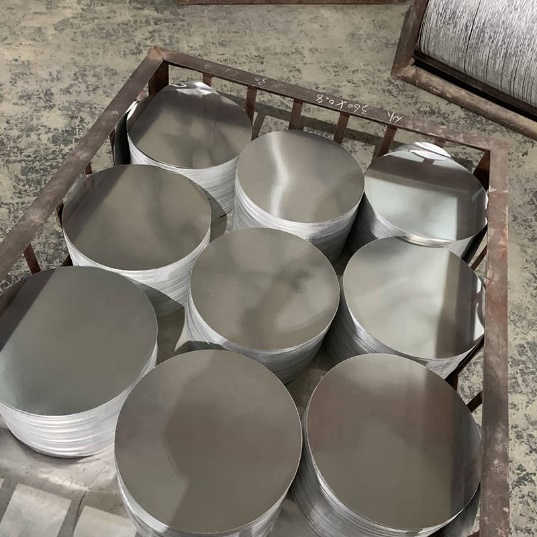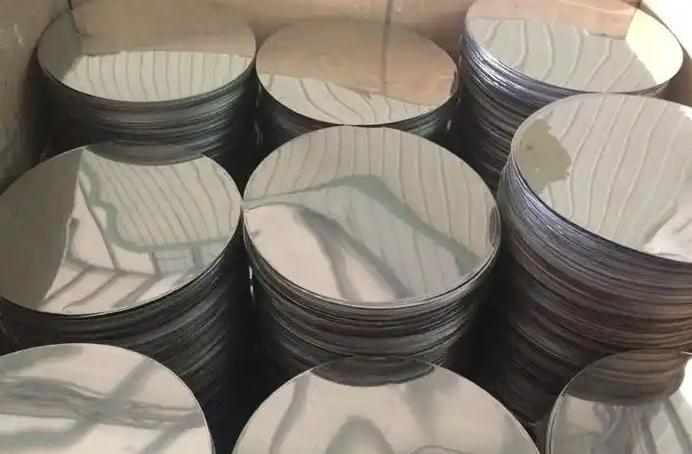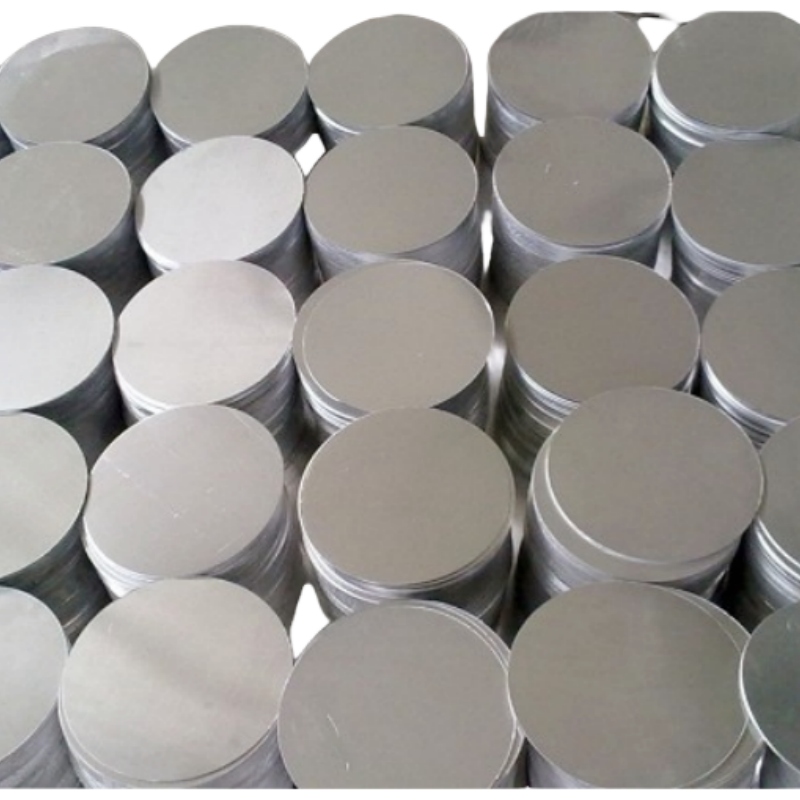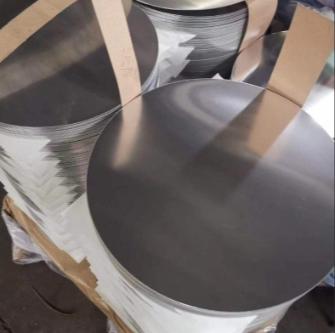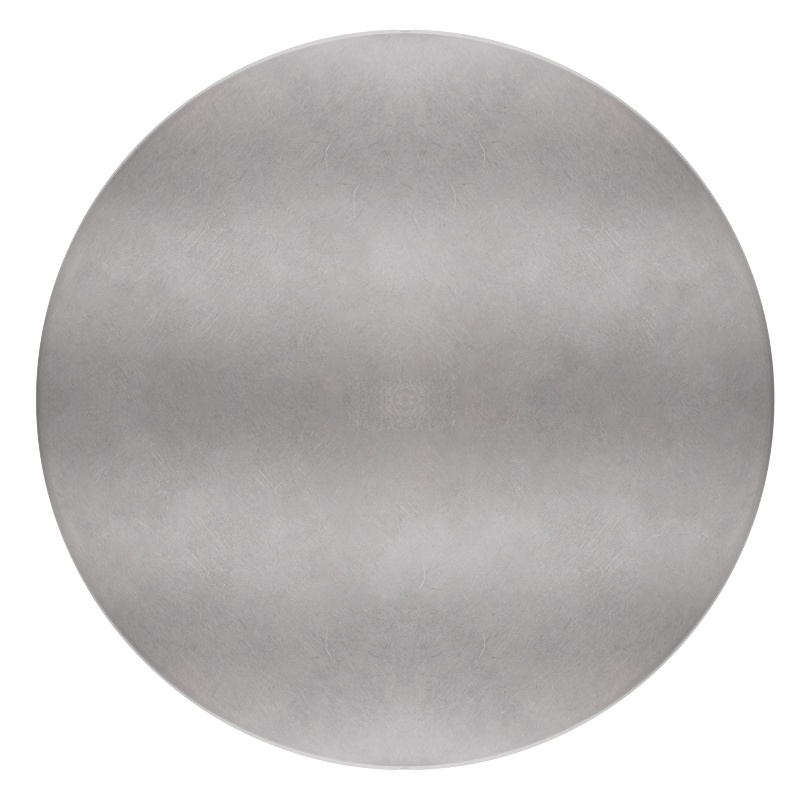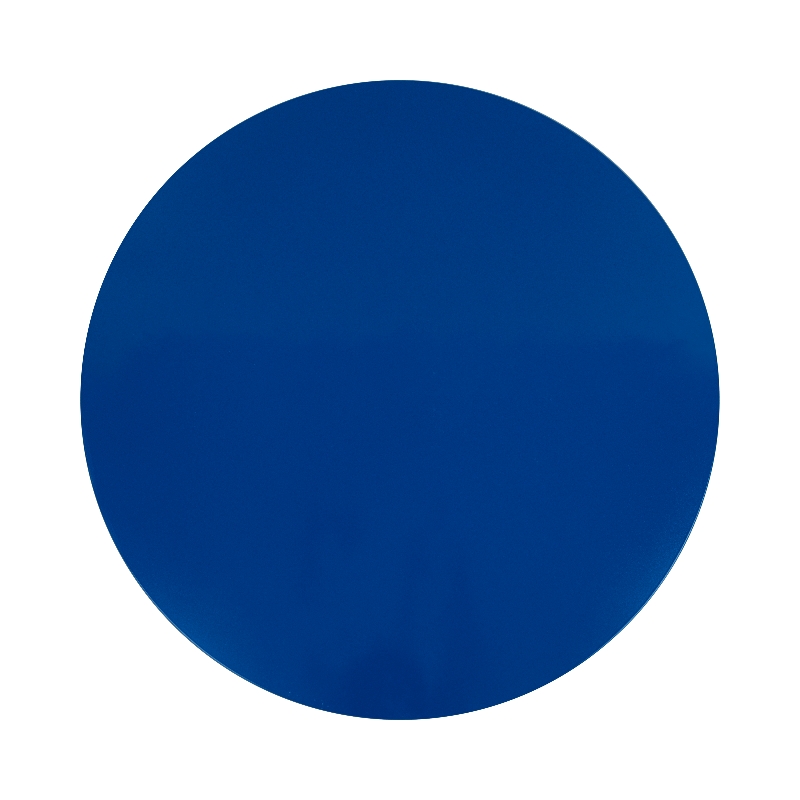Aluminum Sheets for Signs: A Cost-Effective Signage Solutions
In the modern signage industry, aluminum sheets are gradually replacing traditional materials such as wood and PVC with their unique combination of properties, becoming the most cost-effective signage substrate. According to the 2024 Global Signage Materials Market Report, the market share of aluminum signs has exceeded 43%, and they are widely used in transportation, construction, and industry. From material properties to cost-effectiveness, this article will systematically analyze how aluminum sign plates can maximize their economic value over the entire life cycle at a comprehensive use cost of 0.8-1.2 yuan/day (calculated based on a 15-year lifespan).
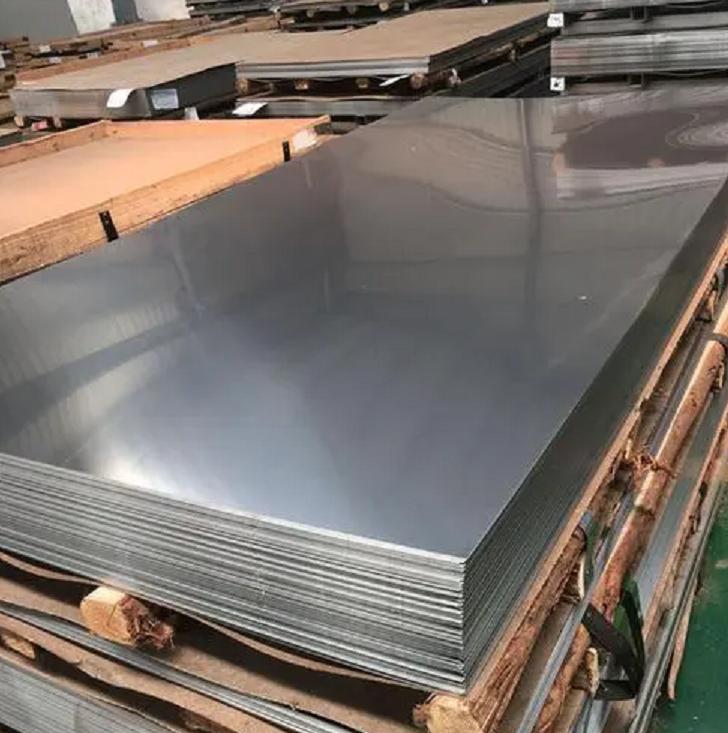
What are Aluminum Sign Sheets?
Aluminum sign sheets are thin, flat panels made from aluminum alloy. They serve as the base material for a wide variety of signs, offering a smooth and durable surface for graphics and text. Understanding the composition, thicknesses, and types of aluminum sign sheets is crucial for selecting the right material for your specific needs.
Composition
Aluminum sign sheets are typically made from aluminum alloys, which combine aluminum with other metals like magnesium, silicon, or manganese. These alloys enhance the strength, durability, and corrosion resistance of the aluminum. Such as:
- 1 Series pure aluminum (such as 1060): purity ≥ 99.6%, excellent ductility but tensile strength is only 80-100MPa.
- 3 Series aluminum-manganese alloy (such as 3003): manganese content 1.0-1.5%, strength increased to 130-180MPa.
- 5 Series aluminum-magnesium alloy (such as 5052): magnesium content 2.2-2.8%, strength up to 210-260MPa, seawater corrosion resistance increased by 3 times.
Thicknesses
Aluminum sign sheets are available in a range of thicknesses, typically measured in gauges or millimeters. Thicker sheets offer greater rigidity and durability, making them suitable for larger signs or areas with high wind exposure. Thinner sheets are lighter and more cost-effective, ideal for smaller signs or indoor applications. Examples are:
- Ultra-thin (0.5-1.0mm): used for indoor decorative signs, requires a composite plastic back plate to prevent deformation.
- Standard (1.5-3.0mm): the mainstream choice for outdoor signs, can withstand 8-level wind force (about 20.8m/s).
- Heavy (4-6mm): dedicated to highway gantry, requires a reinforced rib structure.
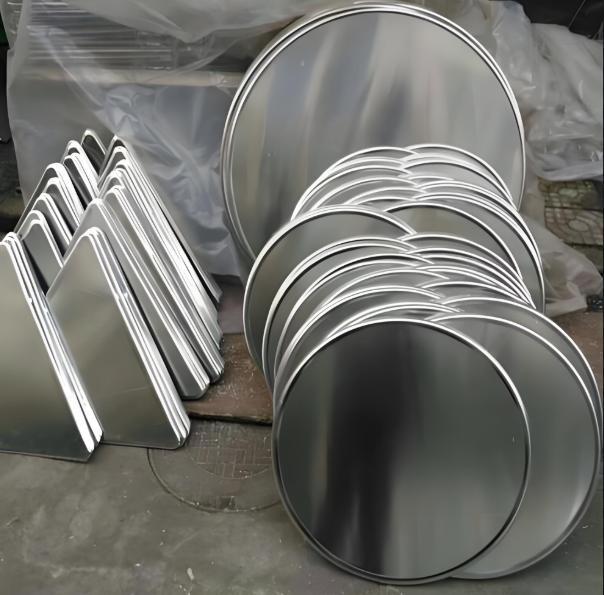
Types
Several types of aluminum sign sheets cater to different needs:
- Mill Finish: This is the basic, uncoated aluminum sheet, offering a natural metallic look. It’s often the most cost-effective option but may require additional finishing for outdoor use.
- Painted: Aluminum sheets can be pre-painted in a variety of colors, providing a ready-to-use surface for graphics. Powder coating is a popular option known for its durability.
- Brushed: Brushed aluminum sheets have a textured surface that gives a sophisticated, modern look. They are often used for interior signage or decorative applications.
To enhance corrosion resistance, more finishing method will be added, here are the comparison of them:
| Process | Film Thickness (µm) | Salt Spray Resistance | Cost Increase | Notes |
| Mill Finish | / | Low | Baseline | No coating; natural aluminum look. Susceptible to scratches and oxidation. |
| Brushed | / | Low | 5% | Improved appearance over Mill Finish, but still needs protection for outdoor use. |
| Anodizing | 10-25 | 1000 hours | 15% | Enhanced corrosion resistance. |
| Powder Coating | 60-80 | 1500 hours | 25% | Durable, wide color selection. |
| Fluorocarbon Coating | 30-40 | 3000 hours | 40% | Excellent weather and corrosion resistance; longest lifespan. |
Aluminum sign sheets provide a range of options to cater to diverse signage needs, ensuring functionality and aesthetic appeal.
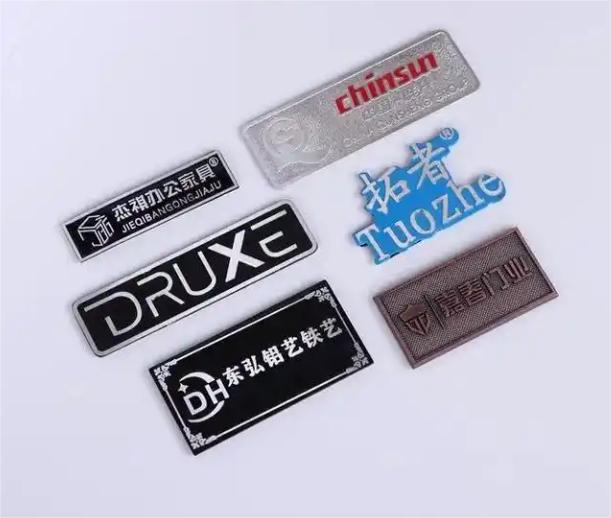
Benefits of Using Aluminum Sign Sheets
Aluminum sign sheets offer a compelling combination of advantages that make them a popular choice for signage. Their cost-effectiveness, durability, and versatility make them a smart investment for businesses seeking long-lasting and impactful signage.
Cost-Effectiveness: While the initial cost of aluminum might be slightly higher than some other materials, its longevity and low maintenance requirements make it a cost-effective choice in the long run. Aluminum signs resist rust, corrosion, and fading, reducing the need for frequent replacements or repairs.
Durability and Weather Resistance: Aluminum is naturally resistant to rust and corrosion, making it ideal for outdoor applications. It can withstand harsh weather conditions, including rain, snow, and sunlight, without deteriorating. This durability ensures that your sign will maintain its appearance for years to come.
Lightweight and Easy to Handle: Despite its strength, aluminum is a relatively lightweight material. Their density is 2.7g/cm³, only 1/3 of steel, reducing transportation and installation costs by 40%. This makes it easy to transport, install, and handle, reducing labor costs and simplifying the installation process.
Versatility and Design Options: Aluminum sign sheets can be easily cut, shaped, and fabricated to create a variety of sign types. The speed of laser cutting aluminum can reach 20m/min (carbon steel is only 8m/min). They can be painted, printed, or laminated to achieve a wide range of aesthetic effects. This versatility allows for creative and customized sign designs.
Recyclability and Sustainability: Aluminum is a highly recyclable material, the recycling rate exceeds 95%, making it an environmentally friendly choice for signage. Using recycled aluminum reduces the need for mining new resources and minimizes environmental impact.
These benefits position aluminum sign sheets as a reliable and cost-effective solution for various signage requirements.
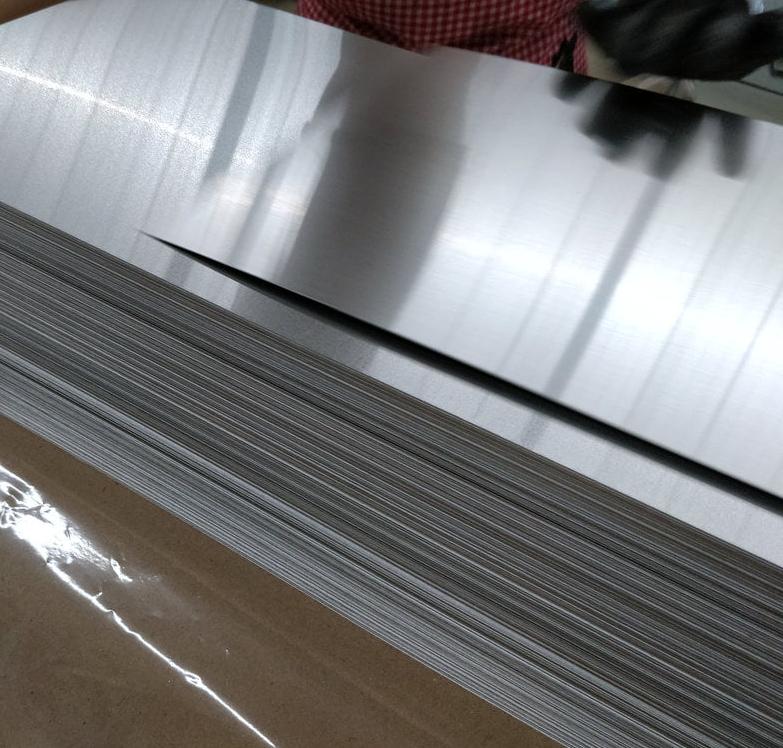
Applications of Aluminum Sign Sheets
The versatility of aluminum sign sheets allows them to be used in a wide range of signage applications, both indoors and outdoors. From simple directional signs to complex illuminated displays, aluminum provides a reliable and attractive base.
- Outdoor Signage: Aluminum is a popular choice for outdoor signs due to its weather resistance and durability. Common applications include storefront signs, billboards, directional signs, parking signs, and traffic signs.
- Indoor Signage: Aluminum’s sleek appearance makes it suitable for indoor signage as well. It is often used for lobby signs, wayfinding signs, promotional displays, and office door signs.
- Traffic Signs: The reflectivity and durability of aluminum make it an ideal material for traffic signs. Its resistance to fading and corrosion ensures that traffic signs remain visible and legible for extended periods.
- Other Applications: Beyond traditional signage, aluminum sheets are also used in various other applications, such as decorative panels, industrial labeling, and architectural elements.
The adaptability of aluminum sign sheets makes them a versatile solution for a wide range of signage needs. Whether you need a small indoor sign or a large outdoor display, aluminum can provide the perfect foundation.
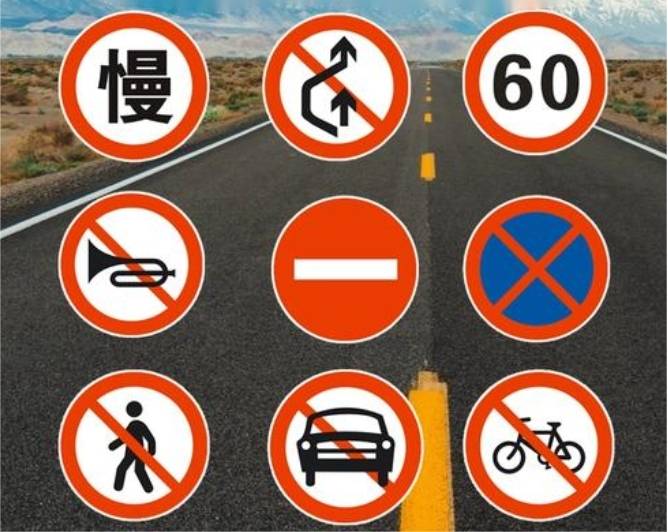
Considerations for Choosing Aluminum Sign Sheets
Selecting the right aluminum sign sheet for your project requires careful consideration of several factors. Thickness, finish, size, and printing methods all play a role in the final outcome and cost of your sign.
- Thickness: The thickness of the aluminum sheet affects its rigidity and durability. Thicker sheets are more resistant to bending and denting, making them suitable for larger signs or areas with high wind exposure. Thinner sheets are more cost-effective but may be less durable.
- Finish: The finish of the aluminum sheet affects its appearance and resistance to weathering. Mill finish is the most basic option, while painted or brushed finishes offer different aesthetic options. Choosing the right finish depends on the desired look and the intended application.
- Size and Shape: Aluminum sign sheets are available in a variety of sizes and can be custom cut and shaped to meet your specific needs. Consider the size and shape of your sign carefully to ensure that it is visible and impactful.
- Printing Methods: Various printing methods can be used on aluminum sign sheets, including screen printing, digital printing, and direct-to-substrate printing. The choice of printing method depends on the complexity of the design, the desired image quality, and the budget.
By carefully considering these factors, you can choose the ideal aluminum sign sheet for your project. Taking the time to evaluate your needs and preferences will ensure that you achieve the desired results and maximize the value of your signage investment.
Cost Comparison – Is it Really Cost-Effective?
While the initial cost of aluminum sign sheets may be higher than some other materials, a comprehensive cost comparison reveals their true cost-effectiveness. Considering factors like longevity, maintenance, and replacement costs paints a clearer picture of the long-term value of aluminum signage.
Longevity
The durability of aluminum reduces the need for frequent replacements, resulting in significant savings over time. Other materials, such as wood, may require periodic repairs or replacements due to weathering.
Maintenance Savings
With minimal maintenance requirements, aluminum signage incurs lower ongoing costs. Unlike steel, it doesn’t rust, and unlike plastic, it doesn’t crack or fade easily.
Environmental Benefits
Aluminum’s recyclability can generate cost savings in eco-conscious industries. Recycling aluminum is energy-efficient and cost-effective compared to producing new material.
When evaluated over its lifespan, aluminum proves to be a cost-effective choice for signage, combining durability with low maintenance.
Through the ingenious design of material science, aluminum signboards have established a golden balance between lightweight, weather resistance and processability. In the short term, its comprehensive cost of 150-200 yuan per square meter is competitive in the market; in the long term, its ultra-low maintenance cost and 100% recyclability are more in line with the development trend of ESG (environment, society and governance). In the future, as the recycled aluminum technology matures (it is expected that the proportion of recycled aluminum will reach 50% in 2030), the economic and environmental advantages of aluminum signboards will be further highlighted, and it will continue to lead the innovation of signboard materials.
Related Products

